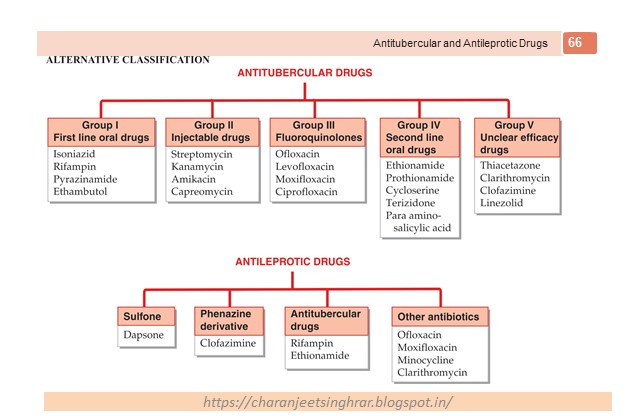MECHANISMS OF DRUG ACTION A. Interaction with receptors 1. Agonists interact with specific cellular constituents, known as receptors, and elicit an observable biological response. Agonists have both affinity for the receptor and intrinsic activity. 2. Partial agonists interact with the same receptors as full agonists but are unable to elicit the same maximum response. Partial agonists have lower intrinsic activity than full agonists; however, their affinity for the receptor can be greater than, less than, or equal to that of full agonists. 3. Antagonists inhibit the actions of agonist...



























































































Hello sir.
ReplyDeleteKindly request you to update this classification according to kd tripathi 8th edition
do you have this file as a PDF ?? if so do help and send to skysboom3@gmail.com...thank you in advance
ReplyDeletePlease if you have pdf please send on emai
ReplyDeletePlz sir provide pdf in this drugs
ReplyDeleteTHANK YOU for al of these helpful pharmacological diagrams. These are extremely helpful for studying. I appreciate this so much!!!
ReplyDeleteGreat tips regrading antihistamines . You provided the best information which helps us a lot. Thanks for sharing the wonderful information.
ReplyDeleteSir plz upload in pdf form complete classification ...plz .sir..
ReplyDeleteThank You and that i have a tremendous provide: What Renovations Increase The Value Of A Home typical renovation costs
ReplyDeleteRespect and I have a neat provide: Does Renovation Increase House Value contractor for home renovation
ReplyDeleteKemon
ReplyDelete